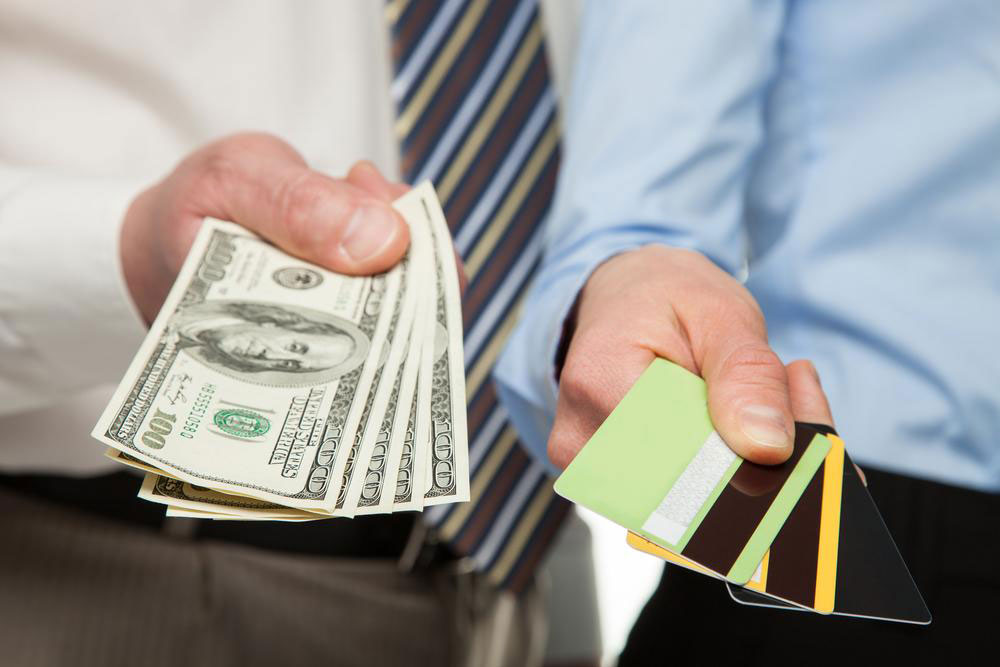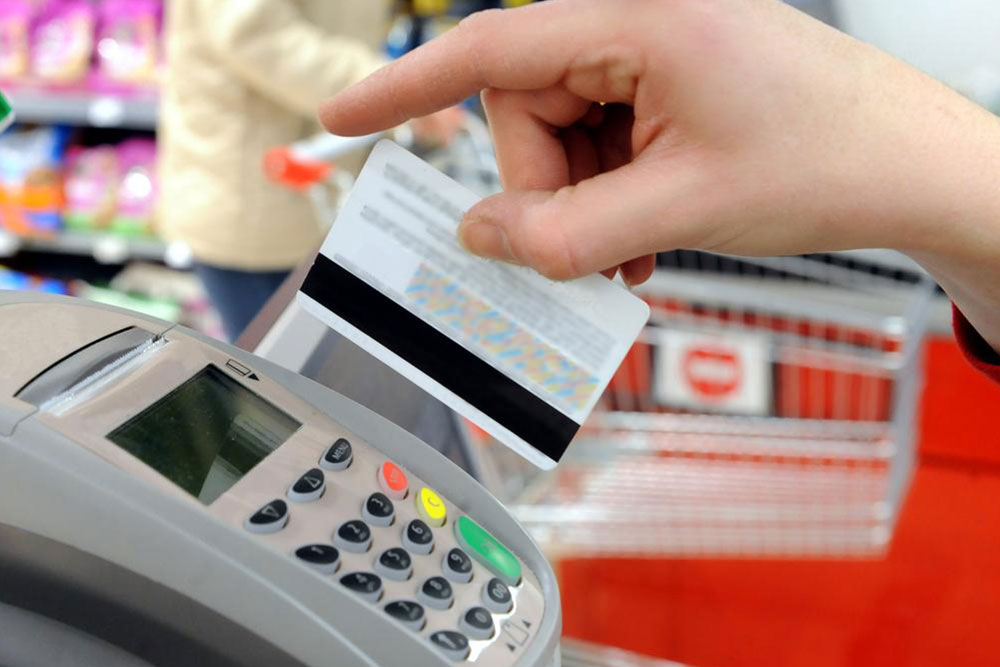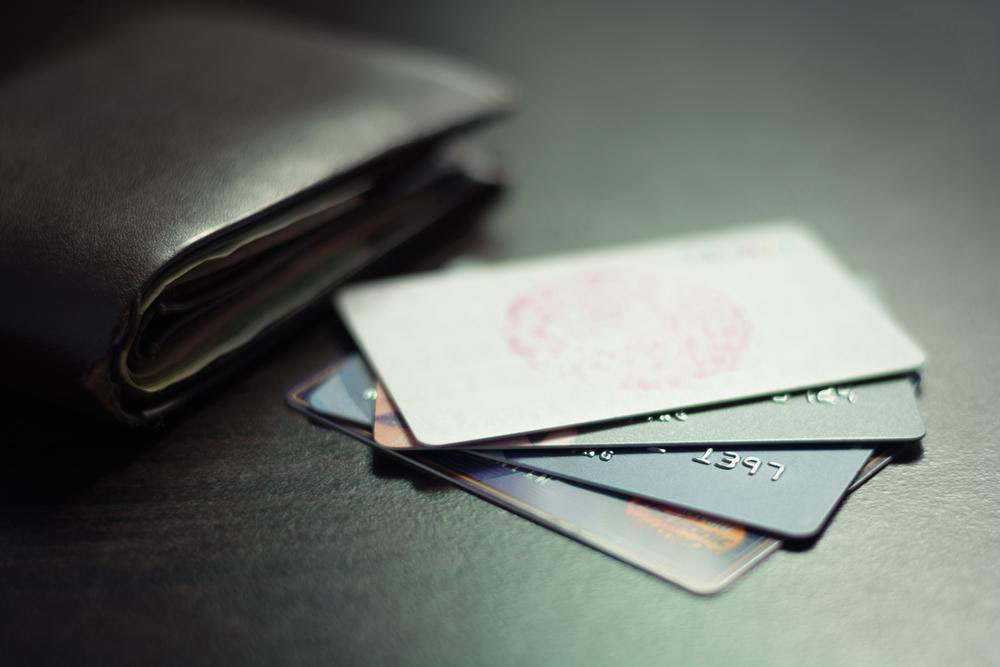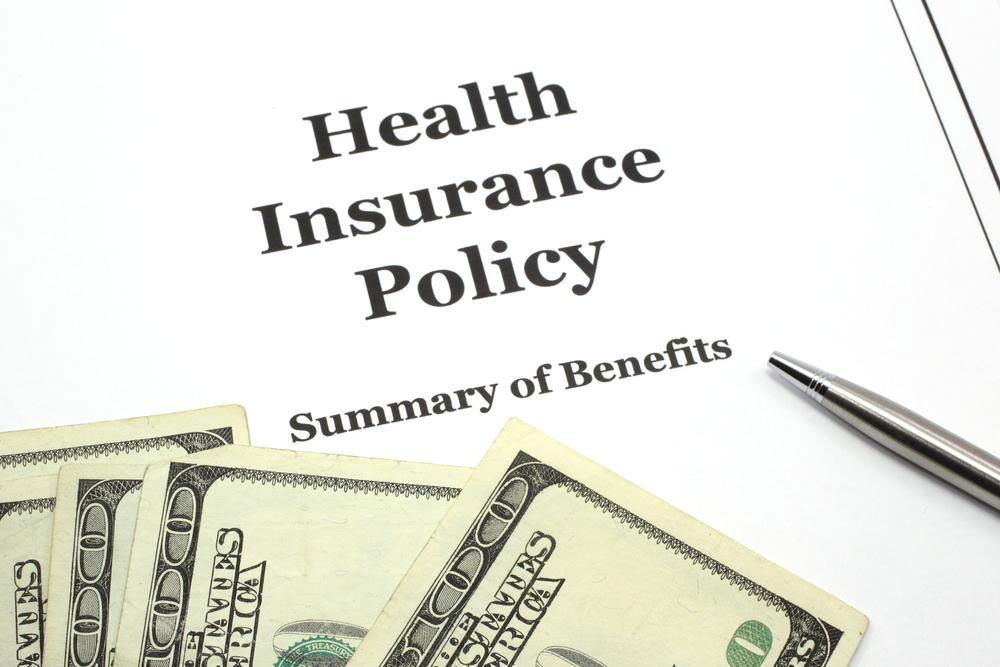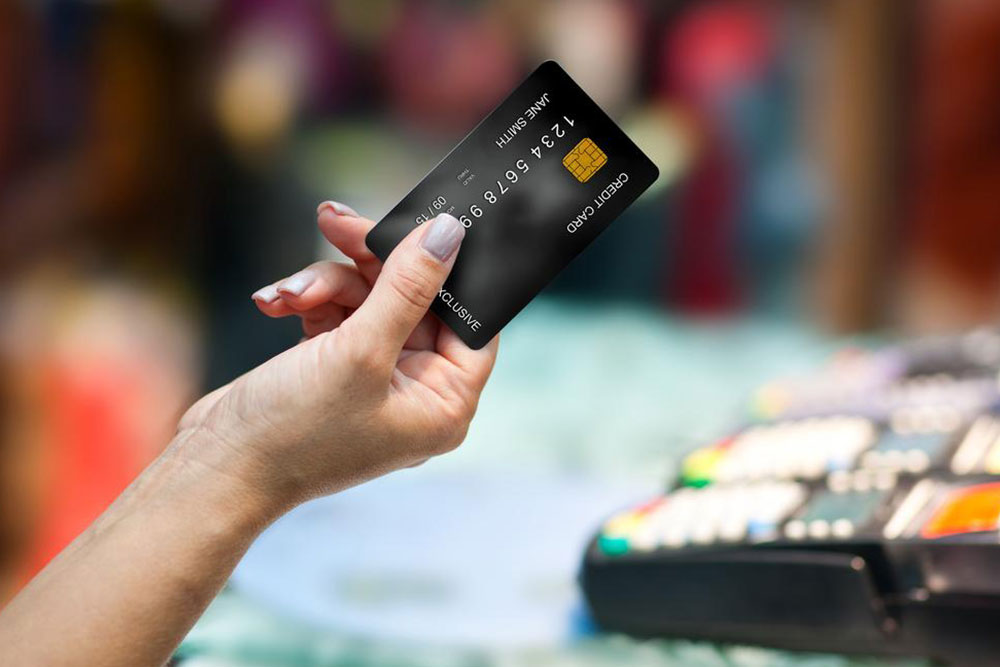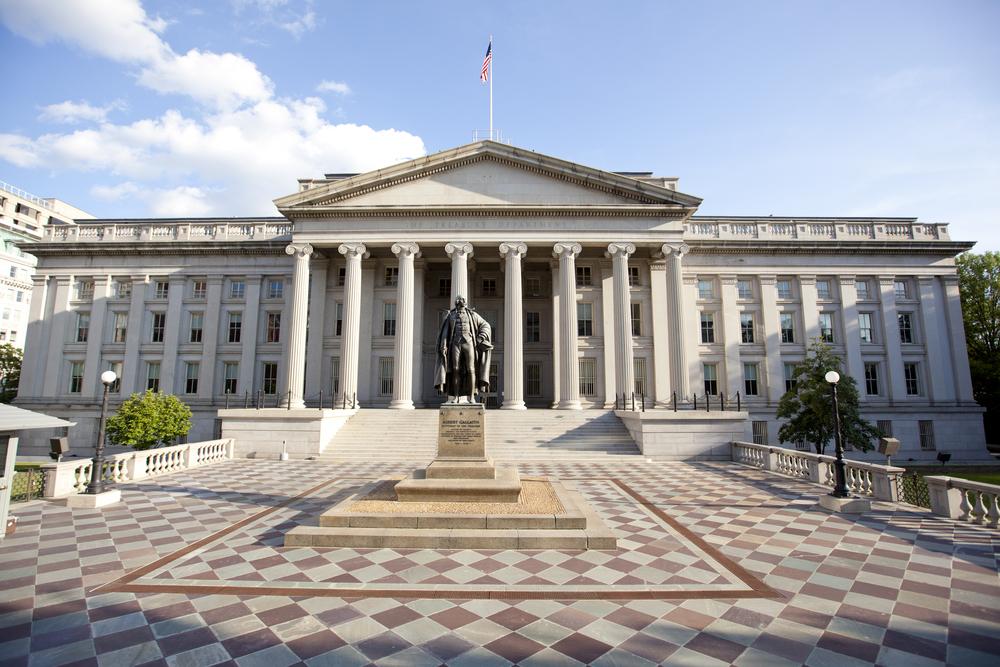Maximizing Rewards with Cashback Credit Cards
Discover how cashback credit cards reward spenders with a percentage of their purchases returned annually. Understand benefits, potential drawbacks, and key factors to consider when choosing the right card. Ideal for consumers seeking rewards while managing their finances effectively.

Advantages of Cashback Credit Cards
Cashback credit cards offer cardholders a percentage of their spending returned as rewards, encouraging frequent usage of the card. These incentives may come in the form of cash, points, or miles. The monetary benefit, known as cashback, typically ranges from 0.5% to 2% of total spending annually, credited directly to the linked account or paid to the user.
Generally, cashback cards benefit customers who pay their bills on time each month. Missing payments can lead to higher interest rates, which may outweigh the earned rewards.
Introduced in the 1990s, cashback credit cards gained popularity as major issuers increased cashback rates up to 5% on specific categories like gas, pharmacy, and grocery purchases for six months. Other expenses typically earned about 1% cashback. While designed to promote card adoption, studies in 2010 revealed that cashback benefits often shifted wealth from lower-income households to higher-income groups. By 2012, with rising gasoline prices, gas-focused cashback cards with 3% rewards became especially popular, offering consumers predictable annual rebates for gas purchases.
Cashback cards have persisted for nearly 15 years. Though many prefer low or 0% APR cards, cashback offers are attractive for consumers who pay balances in full, as they avoid interest charges. Initially, cashback was a straightforward 1% for all purchases, credited annually as a statement credit or check. Today, programs vary significantly, with different earning rates across categories, and rewards paid through multiple methods.
The core components of cashback programs include the cashback percentage, category-based bonus rates, and payout methods. Essentially, it’s a reward for shopping. To maximize benefits, consider your spending habits and needs. Top cashback cards offer 1-1.5% on general purchases, with higher rates up to 6% on select categories like dining or fuel. Some issuers provide sign-up bonuses ranging from $50 to $500 for meeting spending thresholds.
However, high cashback rates often come with annual fees and higher interest rates. Many cards limit cashback earnings annually or require quarterly enrollment to access category bonuses. Before choosing a cashback card, assess your spending patterns. Cards with strong rewards on groceries and gas are ideal, but if you tend to carry balances, low-interest options may be more beneficial.


